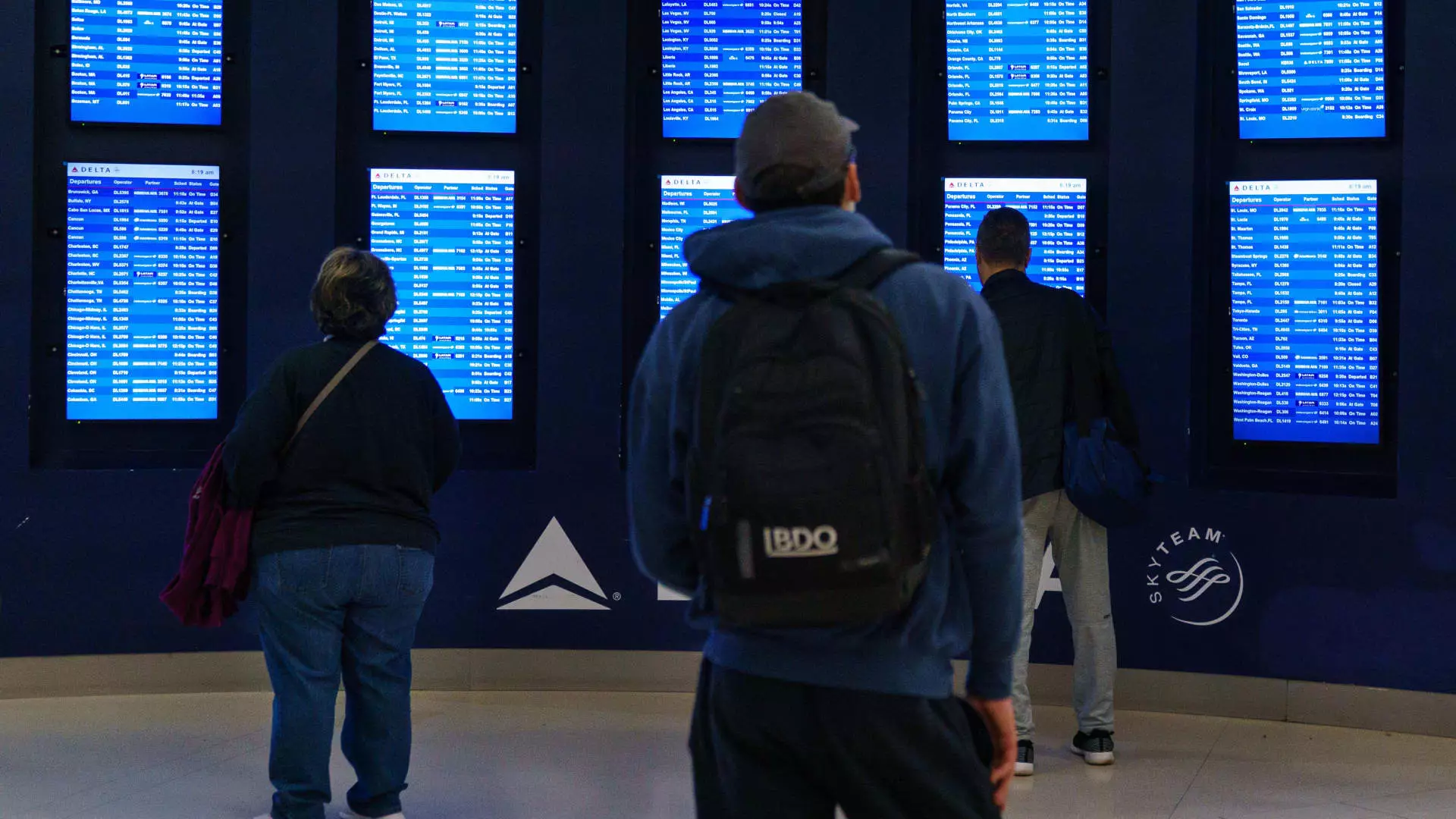As we move through 2024, the air travel industry is experiencing a remarkable resurgence, particularly in the realm of international travel. The International Air Transport Association (IATA) has reported a significant increase in revenue-passenger miles, marking an increase of nearly 11% when compared to the previous year. This upward trend highlights a robust recovery in the aviation sector, reflecting an escalating appetite for global exploration and business travel. The rising demand not only points to a rebound from the challenges of the pandemic but also indicates a shifting consumer mindset that favors travel as pent-up urges manifest into actual flights taken.
Looking ahead to 2025, the IATA forecasts a total of 40 million aircraft departures, demonstrating a 4.6% increase from our current year. This anticipated growth signals a proactive approach from airlines, which are swiftly looking to expand flight offerings and enhance the availability of premium seating. Long-haul flights are particularly lucrative for airlines as they offer higher revenue potential. Consequently, airlines are strategizing their capacity expansions to meet this heightened demand effectively.
Challenges and Resilience
Despite the optimistic signals of growth, the industry continues to face challenges. Numerous carriers are grappling with shortages in new aircraft and ongoing financial difficulties that threaten operational stability. However, the passenger experience seems to have improved significantly compared to the acute staffing shortages that plagued airlines in the aftermath of the pandemic. This renewed resiliency indicates that airlines are better equipped to handle unexpected disruptions, possibly due to the lessons learned during the turmoil of previous years.
Timeliness has become an essential benchmark for aviation performance, and the latest rankings released by Cirium shed light on punctuality across airlines. Their methodology determines an airline’s success by measuring arrivals within 15 minutes of the scheduled time. Notably, Delta Air Lines has emerged as a leader in on-time performance among U.S. and Canadian carriers, despite facing substantial operational challenges due to the CrowdStrike outage. Other airlines have also demonstrated commendable on-time rates, showcasing the competitive nature of the industry and an ongoing focus on enhancing customer satisfaction through punctual service.
2024 has positioned the air travel industry on a trajectory of recovery and advancement. With soaring demand for international travel, airlines are embracing opportunities to expand while still navigating operational hurdles. The emphasis on punctuality illustrates a growing commitment to customer service and operational excellence, indicating that the industry not only seeks recovery but also aims for sustained improvement. As we look to the future, it will be fascinating to witness how these dynamics unfold and shape the aviation landscape for years to come.

